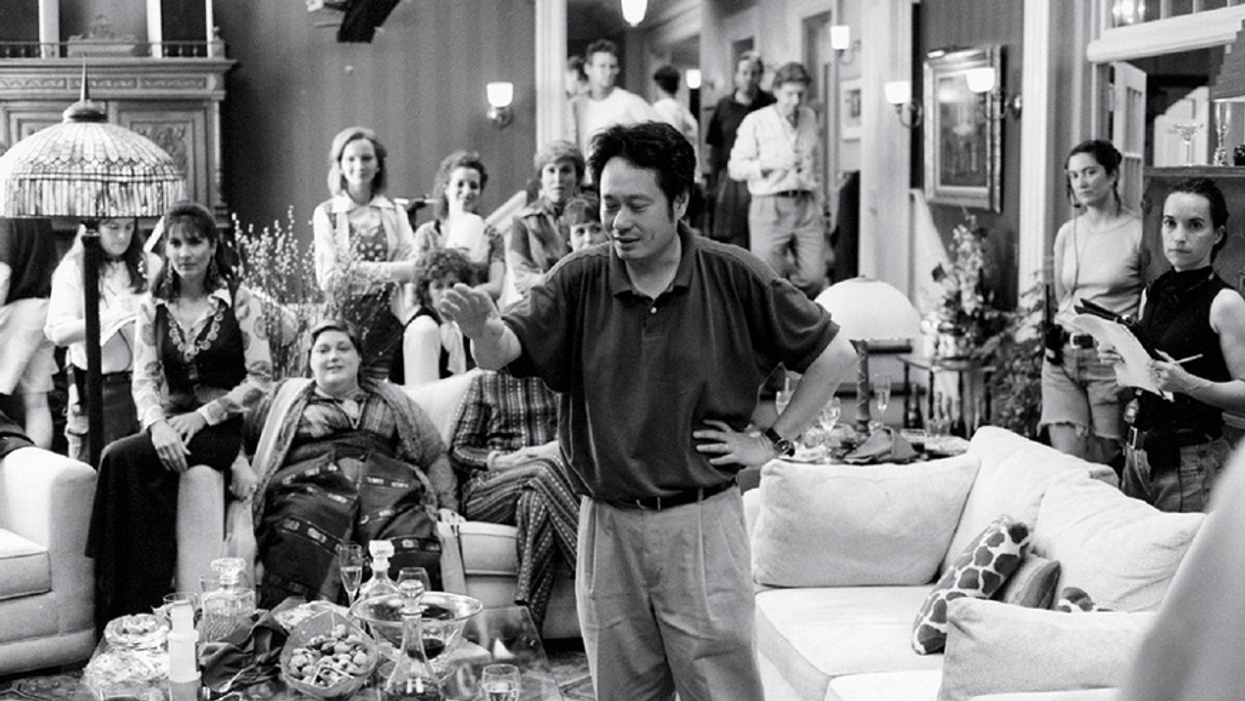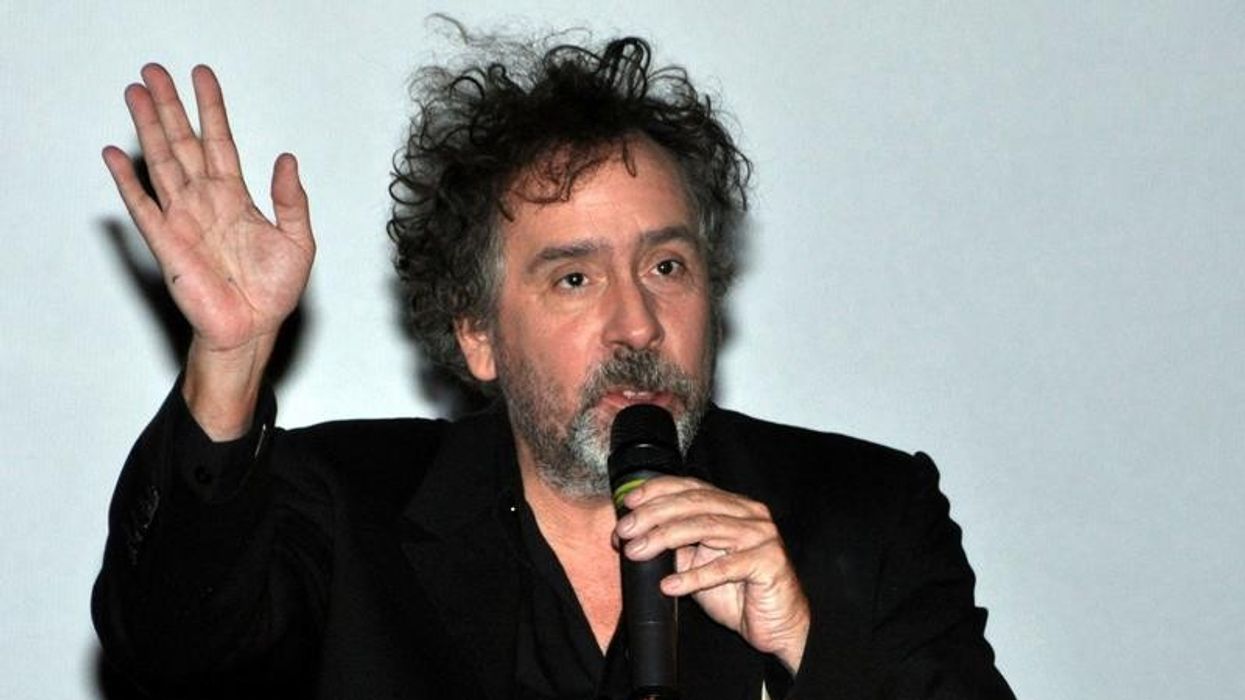Casting Locations: Mark Friedberg on the Role Architecture Plays in 'The Ice Storm'

If you asked someone who/what their favorite character in a movie was, what do you think their response would be? I would bet my entire life savings ($40.77) that their answer wouldn't be a location. Some of the things we remember most about a film are its locations, and if creatively invested in enough, they take on a life of their own. Production Designer Mark Friedberg the 1997 film The Ice Storm, directed by Ang Lee, shared his thoughts on "casting" locations and how architecture can deliver lines so your human characters don't have to. Check out the video after the jump:
Set in the final years of the sexual revolution, The Ice Storm is a dark, poetic, and at times humorous story about a wealthy Connecticut family that comes together for Thanksgiving weekend. However, under their idyllic visage is unrest, drug use, philandering, and, of course, key parties.
Friedberg's choice of locations and architecture added a new dimension of storytelling and poetry to the film. He says that he wanted to look into a "strange version of modern architecture" common in suburbs in the 70s. He describes how these minimalist "glass houses" are more of a "fishbowl," exposing what goes on inside rather than displaying the beauty of what's going on outside.
The path he took was really brilliant, since the film is about a strange version of the typical, affluent, suburban family, their sins and misdeeds displayed for all to see, tearing away at their perfect façade.
Check out the video below to hear Friedberg's explain his technique in full.
You probably won't see a whole lot of indie filmmakers scouting Carnegie Hall or closing down a street in Manhattan for a scene in their film. If you're on a micro-budget, you tend to improvise, make due, and take what you can get: your buddy owns a coffee shop, your mom will let you use her office, your creepy uncle will give you the keys to his funeral home. (I've shot an embarrassing amount of shorts in my dad's warehouse, so I know this all too well.)

What do you think about "casting" locations? How big of a role does location play? What is your favorite location in a film? Let us know in the comments.
Links:











